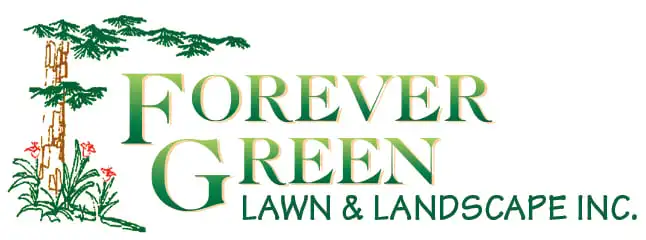1. How short should I cut my grass before winter?
Ideally, you should cut your grass about 2.5 to 3 inches in length to prepare it for the winter frost. Cutting your grass too short could send it into shock and deprive of it of nutrients during the winter. With our professional grass cutting services, you can ensure that your grass is always the right height.
2. How can I get rid of weeds without killing my grass?
Simply put, residential or commercial lawn maintenance is the most effective way to get rid of or eliminate weeds. Make sure to cut your grass to the correct length as needed and never take off more than one-third off the top. Water your lawn regularly, especially in dry conditions and maintain your lawnmower to ensure your machine is always in good shape.
3. How does mowing the lawn help to get rid of weeds?
General property maintenance that includes routine grass cutting services is a great way to keep your lawn looking lush and healthy year-round. Mowing the lawn cuts the heads off of new weeds before they have the chance to sprout seeds. This prevents weeds from spreading their seeds throughout your property.
4. Do I need to apply fertilizer?
Yes. Fertilizer feeds essential nutrients and minerals directly to your grass to promote healthy, lush growth and sustainability. It also prevents root rotting and diseases that can kill your grass. Each fertilizer is different, though, so make sure you choose one that’s right for your grass. Our lawn maintenance and management services will provide you with the appropriate fertilizer for your grass.
5. When should I fertilize my new lawn?
On average, commercial and residential landscape contractors recommend that lawns should be fertilized every six to eight weeks to maintain excellent grass health. Every time your grass grows and gets cut, the nutrients are slowly depleted from the soil. These nutrients need to be replenished on a regular basis to sustain your grass. As a rule of thumb, you should fertilize your lawn twice in the spring, twice in the summer, and once in the fall right before the first frost to keep it healthy.
6. When is the right time to mow the lawn and trim hedges?
There’s no specific timeline for mowing the lawn as there are a number of factors that determine the frequency with which you should do so. These include your local climate and how long it takes your grass to grow. Hot and dry climates slow down grass growth significantly, so you won’t have to cut your grass as frequently as you would in cool climates. Overgrown hedges should be trimmed or pruned back sometime during late winter or early spring because that’s when they’re still dormant and the risk of damaging the plants is lowest.
7. What is the correct way to apply mulch?
Start by removing any and all weeds on your plot of land. Then distribute the mulch across the plot in even layers to ensure every inch is covered. Use your hands to work the mulch into the ground, especially at the root base of your plants. If you’re not confident in your gardening skills, then you may want to consider hiring a local residential garden installation or commercial tree planting service.
8. What is the purpose of using mulch for gardening?
Mulch offers a natural protective moisture and temperature control barrier for your soil from the sun. It also helps to conserve water usage by preserving rainwater and distributing it to plants on a slow-release basis over longer periods of time.
9. What does garden maintenance include?
Garden maintenance from FOREVER GREEN LAWN & LANDSCAPE INC. includes:
- Grass cutting services
- Residential landscape construction
- Commercial and residential property maintenance
- Commercial tree planting services
- more!
Contact us today to learn more about our lawn maintenance and management services in Toronto and the GTA!
